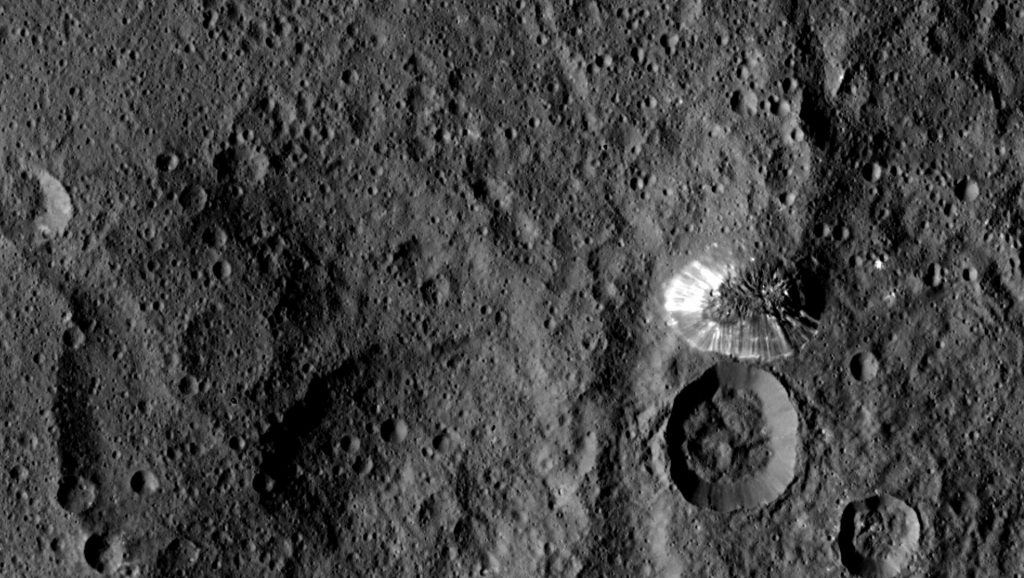-
Tips for becoming a good boxer - November 6, 2020
-
7 expert tips for making your hens night a memorable one - November 6, 2020
-
5 reasons to host your Christmas party on a cruise boat - November 6, 2020
-
What to do when you’re charged with a crime - November 6, 2020
-
Should you get one or multiple dogs? Here’s all you need to know - November 3, 2020
-
A Guide: How to Build Your Very Own Magic Mirror - February 14, 2019
-
Our Top Inspirational Baseball Stars - November 24, 2018
-
Five Tech Tools That Will Help You Turn Your Blog into a Business - November 24, 2018
-
How to Indulge on Vacation without Expanding Your Waist - November 9, 2018
-
5 Strategies for Businesses to Appeal to Today’s Increasingly Mobile-Crazed Customers - November 9, 2018
Dwarf Planet Ceres Captured in Stunning Detail
The latest images show a four-mile high mountain, the Gaue crater, and a mountain ridge.
Advertisement
“Dawn is performing flawlessly in this new orbit as it conducts its ambitious exploration”, said Dr Marc Rayman of NASA’s Jet Propulsion Laboratory in Pasadena, Dawn’s chief engineer and mission director.
Dawn has been orbiting Ceres since March and will continue studying the dwarf planet through June 2016. The mountain on Ceres is about 4 miles high, making it shorter than Everest, but huge in the context of the small planet it lies upon. The images reveal Ceres’ cragged surface, scarred by narrow, braided fissures as well as wide cylindrical depressions.
Months ago, NASA’s Dawn spacecraft began capturing images of Ceres, and among the many intriguing surface features it has discovered is a rather mysterious conical mountain. Its base is very sharply defined, and there is “almost no accumulated debris” at the mountain’s base, according to the NASA statement. The image was taken on August 19.
Ceres is about 590 miles (950 km) wide and holds joint status as an asteroid and a dwarf planet. It will map Ceres six times before it comes in for a closer orbit of 230 miles above the surface in October. Every image from this orbit has a resolution of 450 feet (140 meters) per pixel, and covers less than 1 percent of the surface of Ceres.
“Gaue is a Germanic goddess to whom offerings are made in harvesting rye”, NASA explains. Its diameter is 52 miles (84 km). The image was taken from a distance of 915 miles on August 18, 2015.
The ever-curious bright spots in the planet’s Occator crater remain unexplained, but the newest images show closer views of their luminescent quality.
Advertisement
The data and the images Dawn will deliver over the next few months should help put together an accurate map of the dwarf planet’s geography, maybe even produce a 3D model of its surface.




























